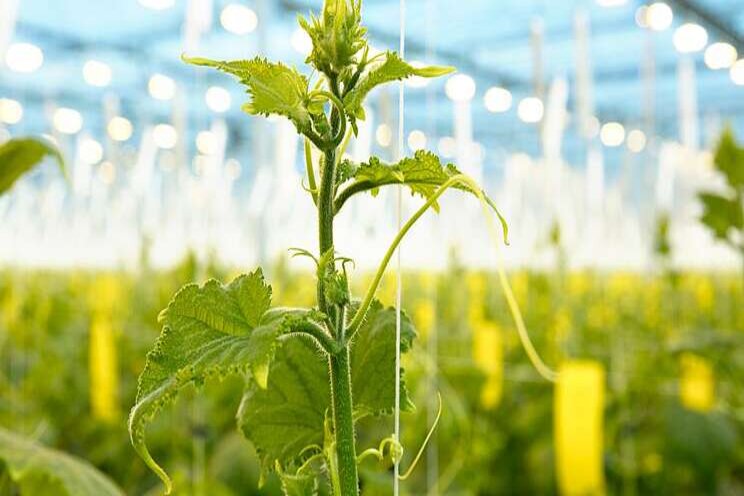20 years of high-wire cucumbers marked
Added on 15 June 2020

From the past to the future
The successful cultivation of high-wire cucumbers was preceded by a long run-up. In the 1990s, entrepreneurs were already trying to grow cucumbers with this method in tomato greenhouses. The advantages - a higher production rate and better fruit quality - were visible immediately. But there was also a downside. It was still labor-unfriendly and problems were caused by viruses.
It was not until several years later that high-wire cucumber cultivation developed rapidly, which can be partly attributable to Nunhems' varieties. In 2009 and 2010, Hi Jack, Hi Tona, and Beesan were the first varieties to successfully enter the Dutch and Canadian markets. Since 2014, Nunhems' cucumber varieties can be found in high-wire greenhouses around the world, from the Netherlands and Scandinavia to the USA and New Zealand. "High-wire cultivation has become the state-of-the-art cultivation method in most high-tech countries as it facilitates market-focused production, further optimization, and automation," explains Anne Jancic, Marketing and Business Development High Tech at BASF Vegetable Seeds.
Collaboration and joint celebration
BASF Vegetable Seeds emphasize that it would not have been possible to develop high-wire varieties and crop concepts without the help of customers, consultants, and other parties.
"We would like to thank everyone who has contributed to this development and celebrate our success with them. We will take everyone on an exciting journey from the past to the future - via events, masterclasses, videos, and more," Anne explains.
There will also be time to reflect on the next step, in which a key role is played by technology and the response to consumer needs. "Data management, automation, and lighting are the main aspects of cultivation technology," Anne continues. "On the consumer side, the main topics are health, flavor, and convenience. There are plenty of challenges and opportunities for us to take on together with our partners."
Source and Photo Courtesy of Vegetable Growers News
Source: Vegetable Growers News
More news















